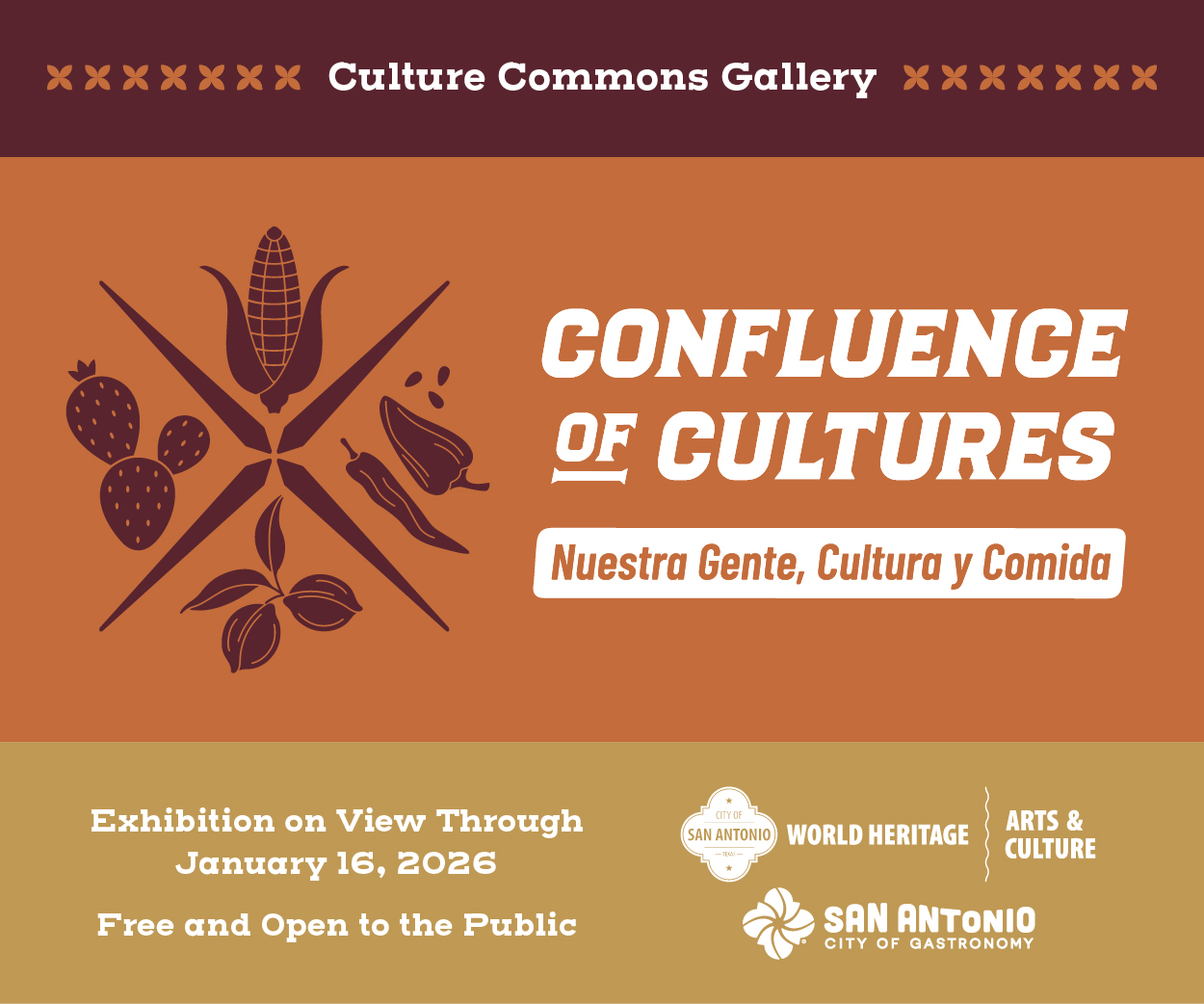The 72nd annual Traditional Spanish Market opened last weekend, July 27-28, 2024 attracting an estimated 70,000 art lovers. The art festival features New Mexico’s finest artisans and is known worldwide as the largest juried Spanish Market in the United States. The Santa Fe-New Mexican newspaper commented on the importance of New Mexican colonial arts– “retablo painting, straw applique, bulto carvings, weaving, furniture-making, and all the others” that have been passed down from generation to generation.
Spanish colonial art has been a part of New Mexico for four centuries. Spanish missionary friars arrived with the Royal Crown conquistadors in New Mexico in 1598. The settlers who came north to “new lands” brought essential objects including farm tools, furniture, and woven textiles. The region was not “new” to human settlement. While in New Mexico, Harriett and I visited the Taos Pueblo which dates back to the 13th century. Taos is recognized as the oldest continuous settlement in North America.
Most New Mexican settlers came from New Spain’s northern Zacatecas, Jalisco, and Guanajuato mining communities. The Franciscan friars also brought religious art for decoration and instruction. Spanish Franciscans desired the churches to be beautiful, and the art, including paintings, retablos, and statues, proved useful for religious conversion and teaching the Catholic faith.
Traveling from New Spain’s northern provinces, the first New Mexican settlers crossed the Rio Grande in 1598 and established San Juan de Caballero, north of present-day Santa Fe. Nearly a decade later they founded Santa Fe in 1607, the second oldest European town in North America. When the Spanish colonizers arrived, they had decades of experience building towns and religious centers in Northern Mexico. The Spanish friars built the first churches and schools in Western America. Among the settlers were craftsmen, carpenters, and masonry workers. After constructing the churches, craftsmen, and artisans added religious objects to the interiors.
Harriett and I arrived in Santa Fe two days before the weekend event and visited the Nuevo Mexicano Heritage Arts Museum at Santa Fe’s Museum Hill. As we entered the Heritage Museum, which specializes in Spanish Colonial art, we saw a banner depicting santero art on the left and contemporary art by Albuquerque artist Vicente Telles on the right. Staff members who designed the banner mentioned that Telles, a recognized santero, also works with contemporary narratives. We met Telles in 2022 when he exhibited with Brandon Maldonado at the San Antonio art gallery Presa House. The San Antonio Museum of Art chose Telles’s “La Malinche” painting for a large banner publicizing the La Malinche 2022 exhibit.
Nearly half of the Nuevo Mexicano Heritage Arts Museum collection is composed of the work of Spanish Market artists from the 1920s to the present. A small number of art pieces are from the period 1598-1821 with the remainder primarily representing 19th-century New Mexico, Spain, and other areas to place the collection in a global context.
We also visited briefly with Charles King owner of the well-known Santa Fe King Gallery on Lincoln Street. At the gallery, we encountered the extraordinary art of Arthur Lopez. Lopez has participated in nearly 50 shows since 2000. Major museums acquiring his work include the Albuquerque Museum of Art & History, the Denver Art Museum, the National Museum of Mexican Art in Chicago, the State of New Mexico Permanent Art Collection, and the Colorado Fine Arts Center.
Thanks to New Mexico muralist Frederico Vigil and Ms. Roberta Ricci, Chief Experience Officer for The Albuquerque Hispano Chamber of Commerce and Board Member of the Atrisco Heritage Foundation, we previewed the art in competition for Spanish Market special recognition on the evening before the Market’s grand opening. The awards are presented by Atrisco Heritage Foundation, now the official sponsor of the Spanish Market, after nearly 70-year sponsorship by the Spanish Colonial Arts Society.
The New Mexican Colonial art was impressive, but we found the Youth Market especially delightful. Artists from ages eight to sixteen exhibited in a special area reserved to show their works. Federico Prudencio, honored with the Masters’ Award for Lifetime Achievement, proudly viewed his eight-year-old granddaughter’s artwork in the Youth Market. His son, Richard Prudencio, also participated in the juried event. Richard is a previous winner of Best Artist in the Furniture category. This talented family demonstrated that New Mexican artists believe in passing on their skills to younger generations.
Before this trip, we had never been to the Traditional Spanish Market or The Contemporary Market. We credit Albuquerque artist Vicente Telles, the young santero we met in 2022 in San Antonio’s Presa House, for introducing us to the Traditional Spanish Market and identifying some of the stellar artists who make both the Traditional and Contemporary Markets such a fabulous event.
The organizers of the Spanish Market recognized the importance of expanding to include artists who have adopted traditional media and genre to evolve* artistic interests. The 38th Annual Contemporary Hispanic Market consisted of 123 artists this year.
Arthur Lopez is a master at blending the old with the new. He believes that artists “can still use traditional methods to create contemporary work.” Gallery owner Charles King added: “Equally important to Lopez is his need to transcend the bounds of the traditional santero and use his art as a medium for expressing the full range of his culture and the world around him.” This was true for many of the artists participating in the Contemporary Hispanic Market. We learned by talking to artists and collectors alike that santero art is appreciated by individuals of many faiths and across different age groups.
The 2024 Traditional Spanish Market Magazine published by Atrisco Foundation featured Charles M. Carrillo, one of the stellar artists linked to the success of the Spanish Market. Carrillo is one of the santero stars of the Spanish Market and one of the few santeros doing academic research on the origins of religious objects in New Mexico. His book, Saints of the Pueblos, is an important primer for artists and collectors alike.
The Santa Fe art market provides opportunities for artists to present their work to a broad audience and provides the support and recognition that encourages these artists to continue the New Mexican art tradition across generations.






